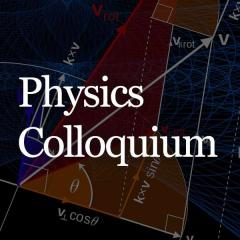Perovskite Photonics: From Light Emission, Lasing to Superfluorescence
Speaker: Professor Franky So
Affiliation: North Carolina University
Abstract
Metal halide perovskites are an emerging class of semiconducting materials that have drawn tremendous attention due to their outstanding optoelectronic properties, along with their low-cost solution processability and wide wavelength tunability. In addition to the rapid development in solar cells, perovskites are recently considered as promising light-emitting materials for light-emitting diodes (LEDs) due to the high photoluminescence quantum yield (PLQY), narrow emission bandwidth, and widely tunable emission wavelength range. In this seminar, we will first present our work on how we can manipulate light emission from a perovskite LED to realize polarized light emission from the device using photonics structures. We will then present our recent work on perovskite lasers and the requirements for lasing. Finally, we will present our recent discovery of high temperature superfluorescence in halide perovskites. Superfluorescence is a low temperature quantum phenomenon in which an ensemble of photoexcited dipoles are spontaneously synchronized leading to the formation of a macroscopic quantum coherence phase. Based on our analysis, we propose a model describing how the quantum phase is protected in hybrid perovskites and explain why high temperature superfluorescence can be observed in this unique material system.
About Physics colloquium
The Physics Colloquium series hosts a range of speakers from Australia and abroad. The series explores a variety of topics and everyone is welcome to come along. The seminars are open so there is no need to register your attendance.

